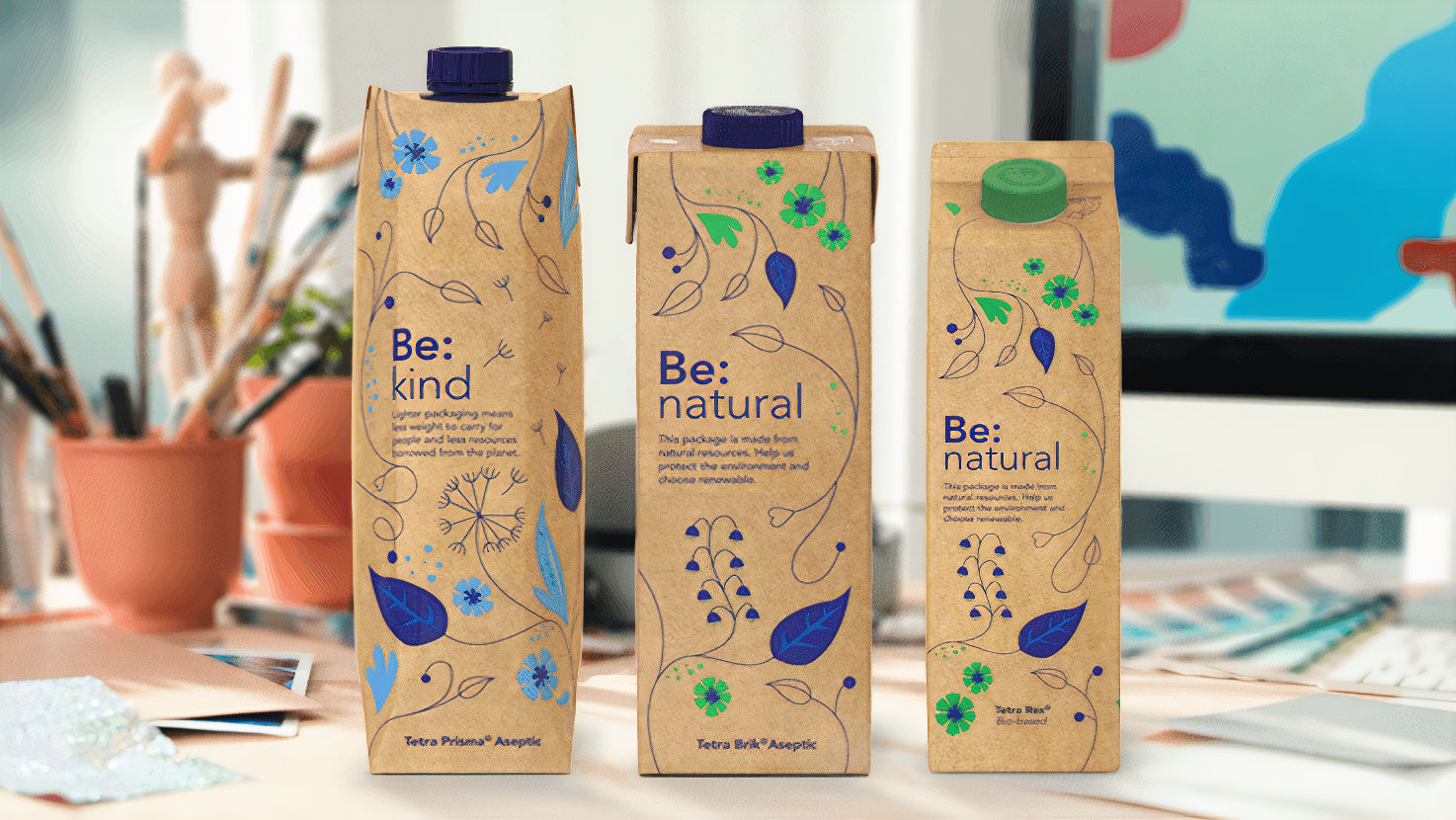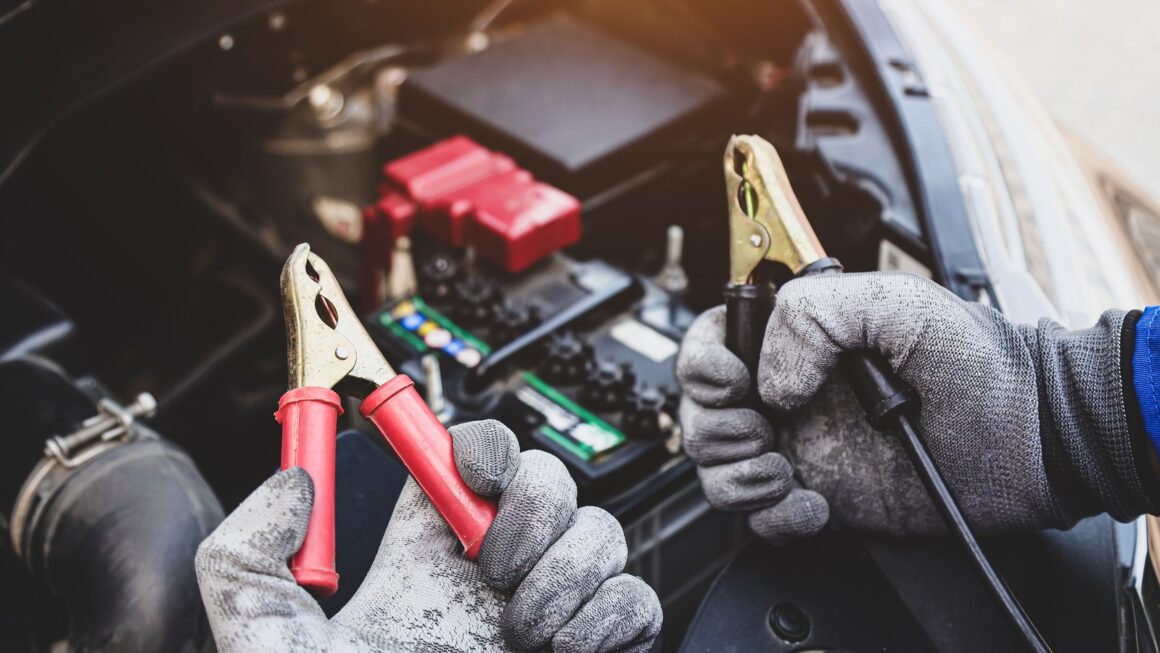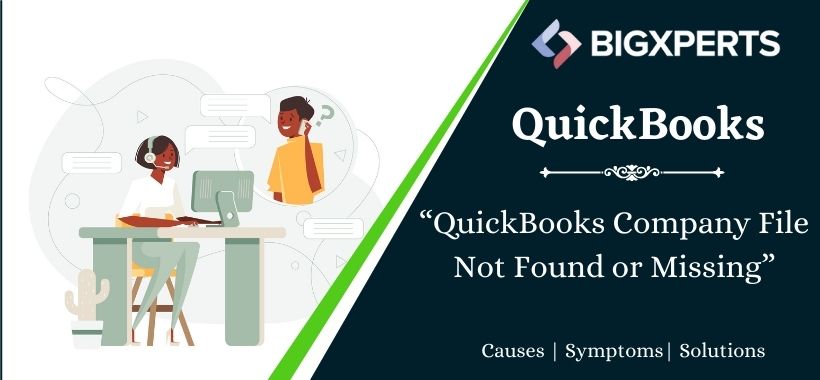Sustainability is a must-include feature in the packaging of beverages. It is a clever idea and a marketing tool for your company’s brand awareness. What does it mean that a drink is packed securely? It does not mean to have standard packaging like 30ml bottle boxes. It means that you have to manufacture custom bottles and custom packaging boxes for them.
Your product packaging is most suitable for the end product. It depends upon the type of product.
- Milk
- Mineral water
- Lemonade
- Juice
Every drink needs to be packed according to the need by measuring all the factors. Drinks like milk and beer are exposed to sunlight and should therefore be packed in light custom packaging boxes and protected by the sun. We use an Aluminum layer in this kind of drink packaging because it protects your drink from any contamination. Without this foil, the milk and beer will not have a long shelf life and can easily be contaminated. When it is juiced, it requires an aluminum layer on the carton. Most of the beverages on the market today are packaged in plastic bottles. However, there are many different types, shapes, and sizes of beverage packaging, each with its own set of advantages and challenges. Here are six things to consider when looking for the right packaging solution for your unique beverage recipe.
The Current Market
Rigid plastics, flexible plastics, paper and cardboard , rigid metals, glass closures, and labels are the main materials and components used in the global beverage packaging sector. Types of packaging include bottles, cans, bags, and cartons.
According to the market research firm, the market is expected to grow from $ 97.2 billion in 2012 to $ 125.7 billion in 2022. The average annual growth rate of 4.3% can remain between 2013 and 2022. In 2012, the Asia-Pacific region led the world market in terms of sales, followed by Europe and North America.
Explore Your Packaging Options
First, how are you going to display your drinks? First of all, you need to decide what type of container to use. The options are many, but you need to balance your ideas with real cost and accessibility. You will also need to check compatibility with the specific formulation, processing, and labeling requirements of your beverage.
The choice of material is important as it affects many variables, including weight, sustainability, durability, dimensional stability, and temperature resistance. We cover three typical types here: plastic, glass, and metal, but we encourage you to do your own research to find the best option for your product.
Plastics Bottles
Thanks to technological innovations, improved processing methods, and better materials, plastics are now able to process liquids under pressure, such as carbonated beverages. Plastic bottles for beverages are easy to shape. In the case of pressurized products such as soft drinks, the challenge for the packaging is to maintain the shape even under high internal pressure.
However, thanks to technological innovations and improvements in processing techniques and materials, plastics can buy into almost any shape under pressure. However, improvements in processing techniques, barrier properties, and rapid processing have resulted in packaging that is durable enough for many uses.
Glass Bottles
Glass packaging is a highly transparent material with excellent barrier properties. It enables durable packaging to produce without the risk of carbon dioxide being release and oxygen be supply. Glass is one of the oldest packaging materials that is still use in the beverage world today. It is luxurious and highly recyclable. Glass bottles have a high recycling rate, with up to 60-80% of the new glass bottles made from post-consumer material. Glass is often prefer when refills are require as it has a long life.
Metal Bottles
Most of the world’s beverage cans are prepare from aluminum. This material is lightweight and highly recyclable, and it is currently difficult to find the can shape required. The global shortage of cans is a headache for beverage manufacturers. For some people, the effort can be worth it. In contrast to glass or plastic, aluminum cans are suitable for applications with a long shelf life because they may offer a good light barrier and effectively hold back oxygen and carbon dioxide.
Conclusion
These are the major guidelines you may be need to follow if you want to choose the right packaging for your beverage product. No matter if you are selling a hot beverage or a cold one. If you follow one of each step that is mentioned above, you are going to end up with the best bottle packaging solution.
Make sure that you get all the steps right. Never miss a single step to attract more customers and boost your daily sales. Packaging allures customers from a distance, and if you have perfect packaging of 10ml bottle boxes that means you have a perfect product. Hopefully, this article will help you to choose the best packaging material for your beverage company.




